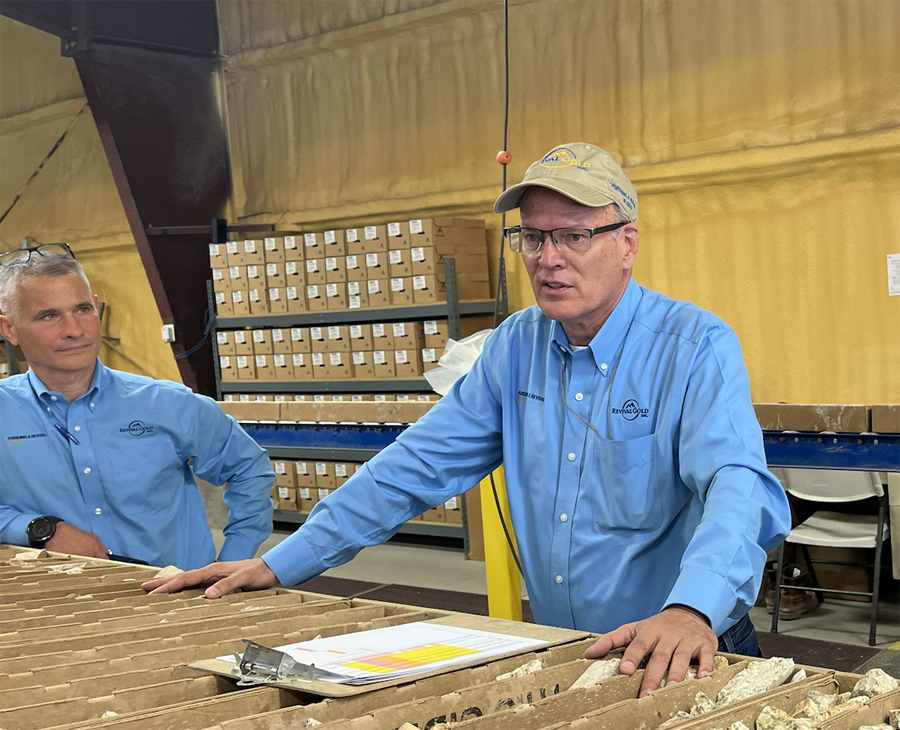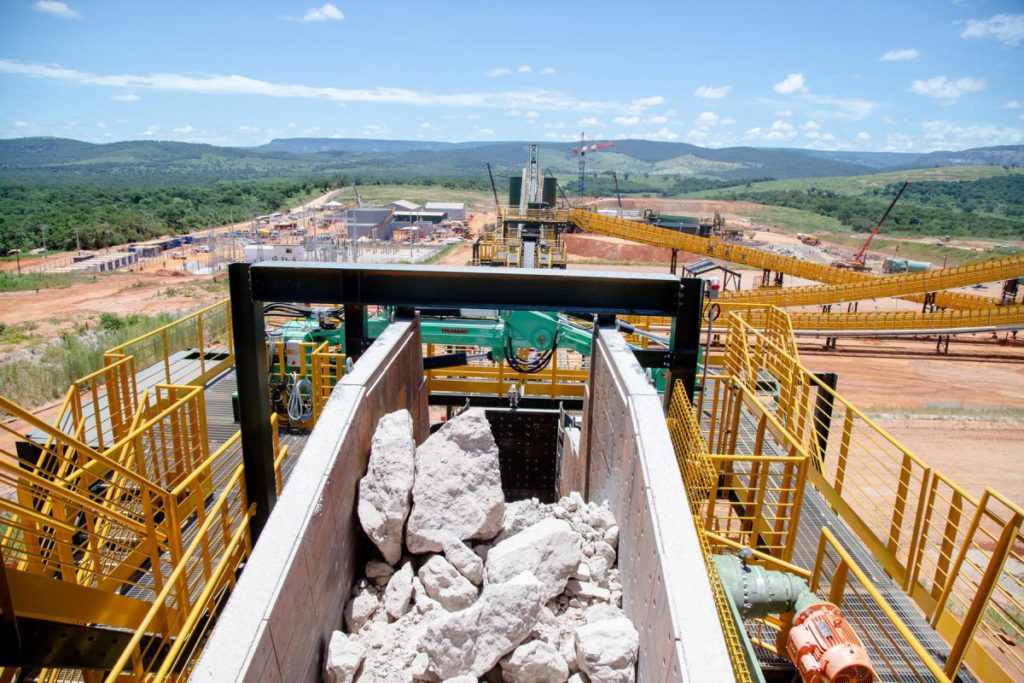Fission Uranium reports 21% increase in Triple R indicated resources


The new, larger resource is primarily due to the successful infill drilling programs on the R780E and R840W zones from 2019 to 2021. Inferred resources contain another 635,000 tonnes grading 1.10% U3O8 and 0.44 g/t gold for 15.4 million lb. uranium and 9,000 oz. gold.
“Fission’s resource growth program has been a resounding success. The increased resource estimate of the Triple R deposit at PLS will play an important role in the calculations used for the feasibility study, the results of which are expected by year-end,” Ross McElroy, Fission’s CEO, said in a statement.
“It’s important to note that much of the growth has come from the R840W zone, the majority of which is now classified as indicated, which will allow for inclusion in the new feasibility study mine plan. In terms of further growth, the deposit remains open in multiple directions, and we do of course have another two mineralized zones along trend which are still classified as primarily inferred resources,” McElroy added.
The mineralization at Triple R occurs within the Patterson Lake conductive corridor and has been traced by core drilling over 3.18 km of east-west strike in five separated mineralized zones. R840W is one of the three zones that currently make up the western region of the deposit, with a drill defined strike length of approximately 430 metres. The R780E zone is located on the eastern region and has a drill defined strike length of about 945 metres.
The latest resource cements Triple R as the largest high-grade deposit in the Athabasca Basin uranium district. A 2019 pre-feasibility study highlighted a seven-year operation that would mine 2.3 million tonnes of ore at a grade of 1.61% U3O8 for about 81.4 million lb. of uranium oxide. The mine would take three years to construct, with an initial capital cost of C$1.18 billion ($910m).
This post has been syndicated from a third-party source. View the original article here.



